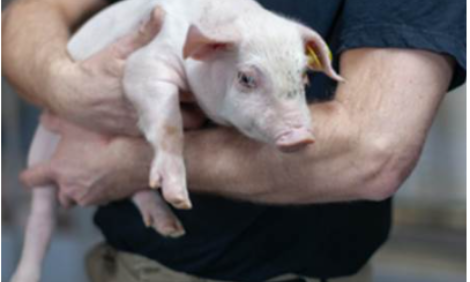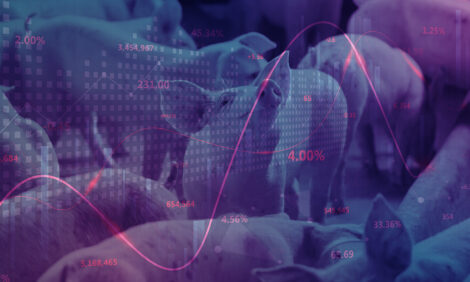



Recording Resounding Success
The BPEX Farm Case Study Number 26 highlights how focusing on the six most important key performance indicators (KPIs) can improve efficiency in a breeding herd.Background
* "Good record keeping is essential to pinpoint which areas of performance to prioritise and to monitor progress." |
The unit has been recording its performance for some time which means it can compare its 'super six' KPIs with the national average, top third and top 10 per cent. The unit is above average for all six key breeding herd KPIs and in the top third of producers or higher on three out of the super six. GB Key Performance Indicators can be found on the BPEX website.
The system
Breeding herd management
- Sows are wet-fed twice a day via one valve per 12 pigs, plus two water mixes (or three in the summer)
- Farrowing sows are fed a lactation ration via a separate tank which is piped and fed to appetite, mainly measured ‘by eye’ and experience
- They avoid over-feeding, feeding once a day pre-farrowing and twice a day post-farrowing. Up to 14 litres are fed morning and evening.
Weaning and rearing
- Piglets switch onto wet feed within 20 days. The target is for piglets to reach 14kg before they switch diets. They aim for 1.2 or 1.3 FCR at that stage.
- The unit has previously tried choice feeding to start with but has found the most efficient transition is to remove the creep and switch immediately to wet feed as the only option.
Benefits
- Staff are motivated to work to high standards as they can see how performance on the unit compares to national figures
- Problems can be picked up and addressed quickly as they will be reflected in the KPIs which are being monitored.
Key to success
- Be meticulous about sorting at weaning – by size and by sex – to create uniform groups to help tailor feeding and management
- Weigh pigs between every stage
- Carefully manage liquid feed to ensure adequate supply of ingredients and to maintain consistent nutritional balance
- Involve all staff when discussing the KPIs
- Keep a close eye on performance figures Compare the unit’s KPIs with national ones on the BPEX website
Future targets
- To achieve an average seven kilograme weaning weight
- Increase farrowing places in order to get piglets to heavier weaned weight/provide more days
- In the next five years increase to 2000–2500 sows.
| ‘Super six’ breeding herd | ||||
| 12 months ending Dec 10 | Top ten per cent | Top third | Average | My performance |
|---|---|---|---|---|
| Farrowing rate | 88.55 | 85.77 | 80.75 | 88.8 |
| Litters per sow per year | 2.42 | 2.36 | 2.25 | 2.38 |
| Pigs born alive | 12.85 | 12.49 | 11.61 | 12.04 |
| Pre-weaning mortality | 9.57 | 10.48 | 12.35 | 10.7 |
| Weight per piglet produced | 7.04 | 7.44 | 7.37 | 6.9 |
| Kg per piglet produced | 199.59 | 196.58 | 169.89 | 176.54 |
September 2011








